Economic Mediation,
Conversations & Changing Perspective
For over 30 years, I have been advising companies and entrepreneurs on building and developing brands. As an independent designer and consultant or as founder and managing partner of today’s Realgestalt GmbH, Berlin (2001-2018). With my core competencies empathy, humor, curiosity I accompany those who appreciate my expertise. I know how to create the new.
I was largely responsible for the design of these trademarks and the development of the brands:
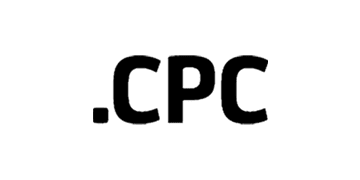
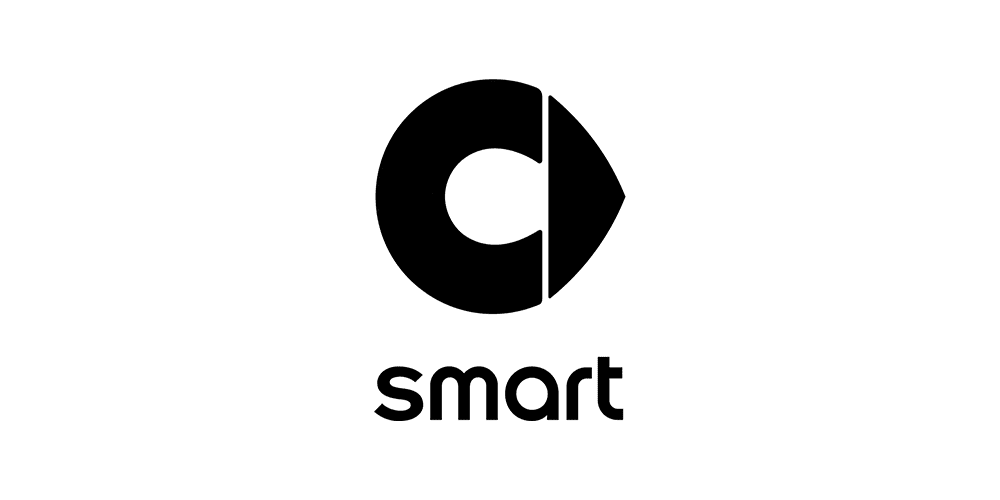
For these brands, I was responsible for a significant development of branding and communication over a longer period of time:
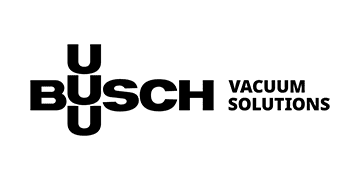
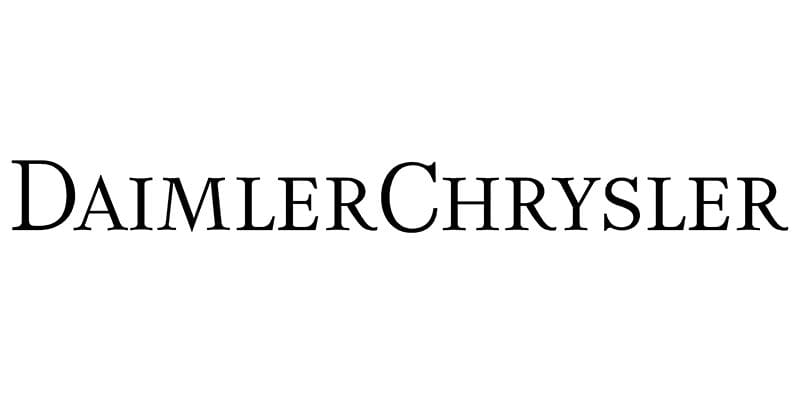
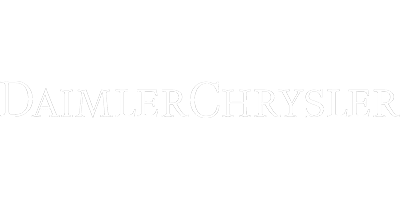


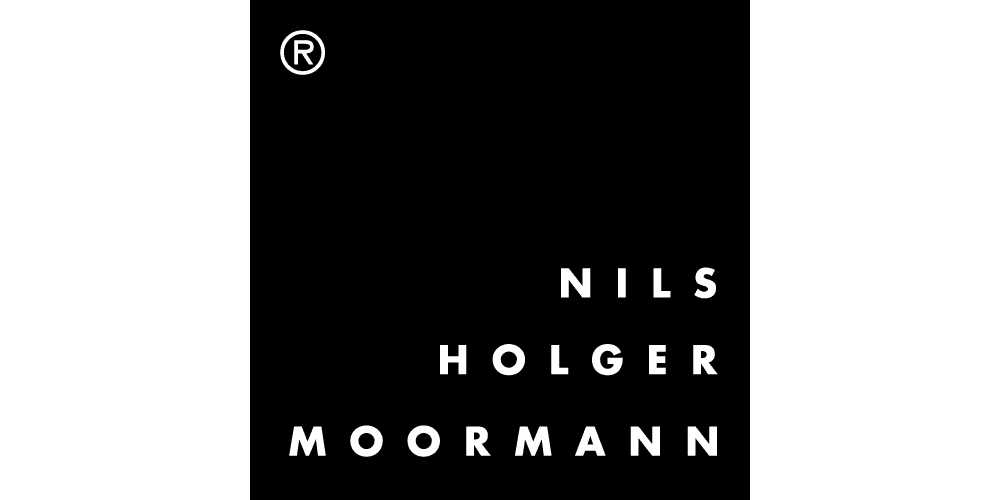
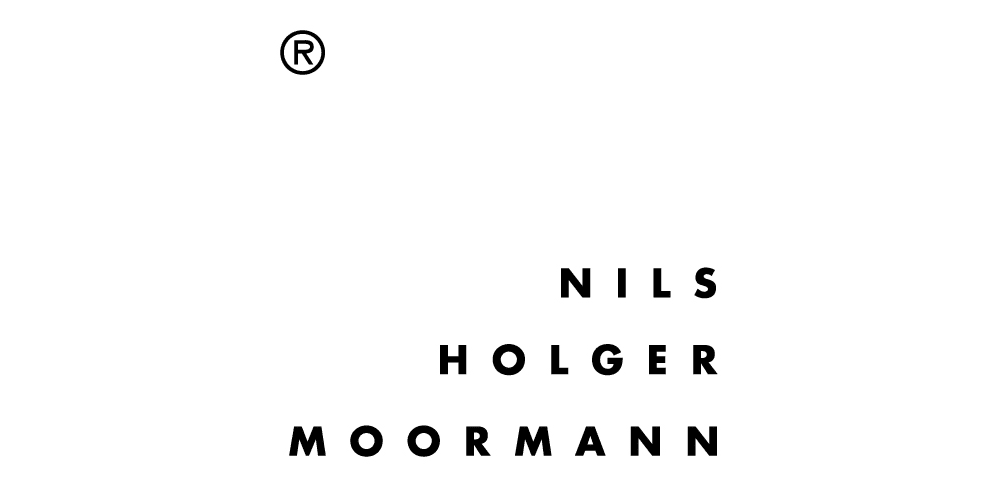
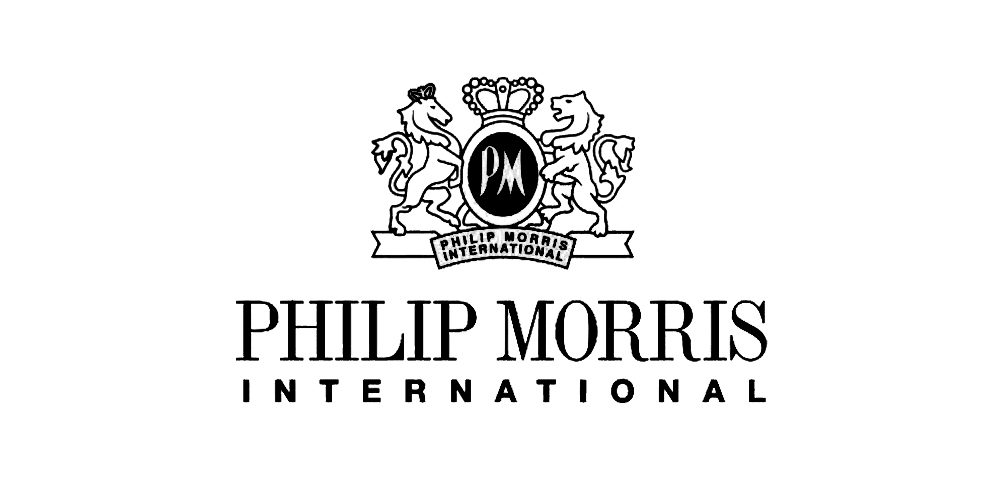

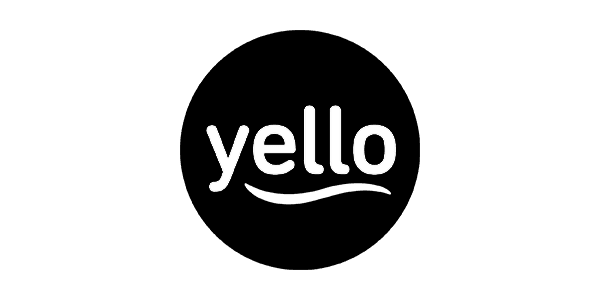
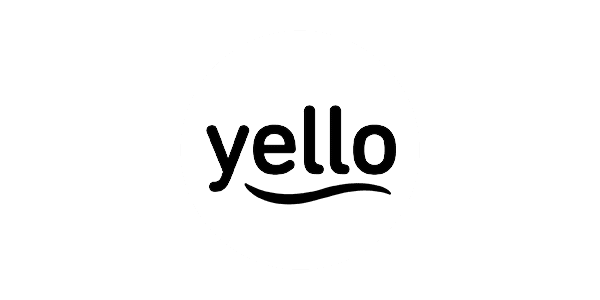
Additional material
„Was ist eigentlich Branding?“, Lecture Matthias Dietz (German), 34min, Youtube
Navigating a wide variety of work and life phases, I advise entrepreneurs, businesses and the self-employed in having „good conversations“. These relationships work through openness, trust and commitment from both sides.
In 2021 I completed a 3-year business mediation training (Akademie von Hertel, Hamburg). Mediation is an extrajudicial, confidential and structured process in w
About Matthias
All TextsMiruna Turbatu Graft Brandlab, Berlin
Anita von Hertel Mediator, Hamburg
Soeren Mund Brand strategy, ICONIC Berlin
Felicia Palmer Lead Writer Marketing + Branding
Mona Kino Couples and Family Therapist, Berlin
Veerle Vos Devos Journalist, Writer, Traveller, Lisbon
Ines Blume Gardeners Frankfurt
Cornelius Mangold Brand Strategist, Berlin
Noah Henry Kruse Head of Marketing Burmester, Berlin
Torsten Fritze General Manager dv8, Mailand
Peter Zizka Designer und Typographer, Berlin
Otto Sudrow Founder Magazin + Design Theorist, Stuttgart
Heinz W. Perplies FSB Sales, Nürnberg
Dr. Albrecht Bangert Author + Publisher, Schopfheim
Thomas Edelmann Journalist, Design Critic, Curator, Hamburg
On both a professional and personal level, I’ve learned a lot from Matthias. And his travel stories make me, a self-professed daredevil, break into a sweat.
But I want to talk about communication. Here’s how it works with Matthias: Once he has calculated the right communication method for the moment, he adds a calm soothing voice as bonus material. I came to this impression having accompanied Matthias several times in confidential discussions with clients, and always notice his unique technique. Especially in negotiations when it can sometimes come to a stalemate. Matthias uses a technique in which he contradicts without contradicting. He rejects a statement and then agrees with the counterpart in rejecting the rejection. Nothing has happened, but the conversation gets back on track this way. Like a Socratic dialogue, the true desire of the negotiating partners is revealed through multiple for-and-against discourses, which otherwise would remain hidden under a layer of conventional jargon.
For years, Matthias Dietz has accompanied family businesses, hidden champions, and corporate players through change processes. Whether it’s the disruption of the business model, a generation change at the top, or a new start to be communicated. Just before an important negotiation he once told me he goes into every initial talk with a potential client as a blank slate: Open-minded, free of expectations or self-interest; with clear eyes. And this is precisely his gift: experienced, empathetic, the competence to handle any crisis, Matthias can think his way into complex business models and industry challenges, develop company scenarios and support the decision-makers involved in shaping change. And while he is cautious and pragmatic, at the same time, he can motivate, if not actually inspire. And only when there is clarity – about a product’s future, a new market, or communication strategy, is Matthias satisfied.
In his work as a business mediator and coach, I am sure that he accompanies his clients in the same way: A new start. As a blank slate.
Matthias is a mentor. The sort one can only wish for:
Hard shell, soft core, ready to fight, courageous. Sometimes with his head through the wall, and yet always kind and compassionate in conversation. He is enthusiastic and always interested in the source of a problem using scalpel-like competence. He follows the thoughts of his fellow human beings in search of solutions that suit his counterpart. And beyond that, he is self-critical with great joy in his own further development. Above all, I know Matthias as a sleuth: A passionately curious seeker who surprises me again and again with his finds from all over the world. Not a conversation goes by in which a new trend or invention is not named and, thanks to his life experience, tested for future viability.
Matthias is an intelligent, soft-spoken man with a dry sense of humor, good sense of style, and a sly smile. He is a creative thinker, but has enough leadership skills, vision, and diligence to lead a country. He is a fun sparring partner, especially over a series of Schnapps or while hiking deep in the very wildest woods. It is certain that Matthias will continue to effect waves of positive change also as a coach and business mediator for companies, startups, projects, and ideas big and small far into the future.
Here’s how I think of Matthias:
I once asked him how he became the Matthias Dietz he is today. He sent me a photograph in reply. In the foreground, three men are sitting on a bench. A wide, rolling landscape stretches before them. Two of the men are talking. The third is looking out over the countryside – Matthias.
This is the image that sums up my experience of Matthias since the late 1980s, both at work and privately. A world explorer: sometimes calmly finding his way into the future on his own, and sometimes questioning, curious; developing connections with others and acting.
In the time we’ve spent together, in animated dialogue and in silence, a very individual map of the topic emerges bit by bit. Even though there are hurdles and obstacles on the terrain, you ´ll get the best equipment to master them. The best places to look out are marked as well as the best places to eat and to sleep. In other words, you want to explore it with big lust.
I first met Matthias in Berlin many years ago when I was a young journalist for DAMN magazine. I visited his design branding agency and was invited along with a couple of colleagues for dinner at his house in Berlin-Charlottenburg. Matthias came across as a friendly, somewhat reserved yet sharp-witted design professional. He impressed me, not because he made noise or took up space, but precisely because he didn’t. There was no show, no big talk, no bragging whatsoever – which is rather a rarity in the international design world. What he said in a soft voice, seemed to always hit the spot. I understood he was demanding in a non-aggressive way, and at his agency he obviously had assembled a team of the very best in their field. Matthias seemed to be an affable, thoughtful man with a sharp eye for beauty, business and communication, and – of no small importance – for excellent food. I was intrigued.
Considering his family, Matthias was to be a pioneer. His grandfather was an entrepreneur and the sponsor of Bauhaus Dessau in the background. His father was a scientist and entrepreneur who, at just 22 years old, became the CFO at Olivetti, and who would later pioneer coming up with the new idea of leasing in 1964. Many descendants of such giants would surely develop some kind of crippling performance anxiety. Not Matthias. He simply accepted the inspiring legacy with gratitude, while quietly working his own way, always open to serendipity.
His readiness to jump whenever the opportunity arose, fully emerged when Matthias was in his twenties, a qualified industrial designer. In 1988 he travelled in East Germany to buy everyday items, long before the fascination for the everyday became fashionable. He did so out of designtheoretical- and ethnographic passion, when suddenly the wall fell. In one well-aimed throw, Matthias put himself on the international design map with his exhibition ´SED – Stunning Eastern Design’ about the design of everyday objects in the GDR. It was the start of a series of successful exhibitions and authoritative books on design, of an auspicious career in communications, and of the establishment of his own design branding agency in Berlin. And the start of a career as an award winning advertiser. In passing, he launched the very first design mail order, he also launched one of the first big websites, back in 1995. A true pioneer indeed.
I’m not surprised that Matthias has decided to dedicate his time to yet another new mission. As a consultant for hidden champions and family owned businesses, he uses his skills and experience to do a delicate job requiring sensitivity, understanding of human behaviour, and confidence. There, a different aspect of his personality appears: Matthias is a philanthropist who wants to share and give, and who always aims at improving things. In his approach, trust is key. If clients give him their full confidence, he can create a constructive and safe space for people who are trapped in their questions. Matthias practices the art of bringing people to a consensus. His signature approach is gentle and empathetic, however by no means Matthias is yes man. He won’t tell people what they want to hear, and often his message will sound inconvenient and provocative. He deliberately invites clients to look into the mirror, in order to move on towards solving their issues. As I learned myself, it’s usually a good idea to give Matthias confidence in how he typically run things, because the greatest secrets ánd their solutions are always hidden in the most unlikely places…
Getting to know Matthias in the 90s, just as I was starting my own business, was probably the best thing that could have happened to me.
It’s exhilarating to see how quickly Matthias can grasp a situation and act. He makes connections, shares his thoughts and ideas and, in doing so, lays the foundation for something new – in my case with a new business.
Working together is always stimulating and open. Matthias is generous, interested, and has a brilliant sense of zeitgeist as he brings people and projects together.
One really looks forward to the next conversation with him.
Matthias Dietz says what he thinks. With his openness, he quickly succeeds in creating familiarity and closeness. Especially when it comes to sensitive matters. This is advantageous because he purposefully steers towards the core of the matter, or professionally, a brand’s core. He focuses on the inner drive of a company, the engine of its success. Everything that prevents the engine from running, he recognises and calls out. Even for those who don’t want to look at where it hurts at the beginning, eventually come to love him for his honest assessments and pace.
Among designers and leading branding experts, Matthias is more of a conductor than a soloist. His orchestra consists of the many international and cross-industry contacts he continually makes. For me, in the role of a composer, our collaboration before and during his performances is always inspiring.
Matthias looks at the ordinary and always finds the special in it. When we talk, there’s never small talk, in fact, there’s often a heated debate. But in the process, together, we create ideas and discover new perspectives.
He’s a man of action, without question. I’ve never discussed something with him without something happening immediately afterwards. But it’s never about the “perfect score” or some random, singular goal. It’s always about defining the path. The right goals emerge when the path is interesting.
Matthias and I have been bound for almost thirty years now, and not only as friends, by our similar interests and values: A passion for intellectual and cultural discourse, and an endless curiosity. These interests and values are for me – and I am sure for Matthias as well – the basis of our most important human interactions, and therefore of all relationships beyond, including business relationships.
In our creative professional relationship, I have come to know Mattias as an energetic and determined ‚professional designer‘ driven by quality results. He is someone who takes great pleasure in shaping issues, identities, and company structures in the most advantageous and appropriate manner.
With enormous energy, intellectual ability and human empathy, Matthias’s priority is getting to the bottom of things with clear analysis of what is going on; his approach is always nuanced and forward-looking.
Once the facts of a situation are established, and the issues framed, Matthias addresses them straight forward and without frills, sometimes with almost frightening functionally. He has the necessary courage to address even unpleasant issues – if required – and always effectively and purposefully.
Such maximum honesty, open and blunt, can, of course, sometimes leave emotional upheaval. But as dedicated designers, we know that every process is associated with friction. Only rarely can such human interaction be shaped without it.
Finally, there is the affinity for the essence of things that connects us – including everything Japanese – an intimate trust and more than a healthy pinch of humour!
Matthias Dietz is a friend. But he’s also a lively design encyclopaedia blessed with a certain distance and introspection. He is mercilessly honest in his views of the often-invoked design ergonomics, fusing the sociological and formal aspects. And this is rare in a design world that is all too often in love with genius, and where self-reference gets the upper hand and colourful corporate design stories are told.
My only explanation for this special perception – far removed from the standard unreserved opportunistic faith in design the sales mentality – is it’s part of his family DNA. The Dietz family moved in the inner circle of the Bauhaus Movement (Matthias’s grandfather was among its financiers), and ideas from Dessau were incorporated into the discourse as part of the family culture. The bourgeois majority, on the on the other hand, to which I count my own family roots, indulged in the notorious Gelsenkirchen Baroque, rejoicing in the low prices of its mass market goods.
I sometimes imagine Matthias in a Rams T1000 and Eames lounge chair interior world – his parents in the blue haze of filled Arne Jacobsen ashtrays… I see them with the ERCO track ceiling lights discussing the “Power of Ten.” A cliché, fair enough, but still, there’s something to it. It’s the only way his 360-design view – which I highly value – could come into existence. And it predestined him for consulting processes and helped him cross the dogmatic design Rubicon.
As a result, conversations with Matthias are catalytic and result oriented. The self-recognition that can ensue is sometimes unpleasant, of course, but it’s always productive and leads to change. This can’t be dismissed in today’s environment of predictable talks. At any rate, it’s good that there are people like Matthias.
In the 1980s, I was thinking of Frankfurt as the first location for a MAGAZIN branch. It met all the criteria I was looking for despite its reputation as Bankfurt and Mainhattan – both of which equally repulsive as descriptive. I visited Matthias in the centre of Frankfurt on the „Fressgass“. He was living in a 1950s high-rise, top floor, when everyone preferred to live on the outskirts of town. I caught sight out onto the roof with a platform with a water pipe that looked like an antenna: Matthias’s open-air shower with an unobstructed view of Frankfurt’s panorama. A civilisation-dominated belvedere. I imagined standing here naked in the centre of gravity of this metropolis and washing myself in view of the Old Opera House, the Cathedral, the Stock Exchange, St Paul’s Church, the Römer – and at the same time keeping a lookout, sifting through the future.
We strolled through the city with an out on my location criteria. I’ve enjoyed seeing Matthias in action ever since: Always eager to discuss the state of affairs – developments in design, culture, the economy. Not only eager, but well informed. More precisely: engaged with the deontic premise that precedes the changes in which we as designers are actively involved. If we pursue our profession, want to live up to our own standards and, in doing so, put our own house in order, we can’t help but look for improvements. Where it goes, that’s futurology. What’s more difficult, is where to go! One would think that this is priority of every designer. Not so! Most people avoid the question or are simply happy to be prevented from formulating answers or proposing concepts in their daily work. Matthias is unique in that he realizes the question, he’s attracted by the question, and he wants to answer the question, where to go.
In Berlin, the name of Matthias’s agency said it all, demonstrating a clear focus: Realgestalt. None of that “buy me”mentality of the advertising industry. Much more focus on the utility value for the user. Matthias’s edgy approach was perfectly expressed in the MAGAZIN catalogue. Much of the illustrations showed the products being used as part of everyday life.
Convincing companies without a similar philosophy must have been a heavy lift. Nothing deliberately decorated. No photo styling. Everything found in clients‘ homes. Random furnishing situations discovered like a still life. The whole chaos of purposelessness in snapshots.
As a logical consequence you are now transforming your real-design experience from REALGESTALT to REAL RELATIONSHIPS: Acting simply as a sparring partner having good conversations !
1 For the design theorist Horst Rittel, deontic knowledge is the highest category of knowledge (deontology = teaching of what should be).
Summary: A Person with a Calling
An old friend from Munich confessed to me that because he hadn’t completed his A-levels, he’d had to use his innate talents to develop his profession. Throughout his career, he was one of Bertelsmann’s most talented blurb writers, and, under the name, Jan Feder, wrote some fantastic children’s books.
Since then, I’ve often thought about the relationship between talent and profession. Having such a vocation – a calling – is a phenomenon I always think of with my friend Matthias Dietz. With his quiet and reserved manner in conversation, his talent is his empathy – and it enables him to professionally guide brands, companies, and leaders.
Matthias can – intuitively – formulate the right direction to take. From the start, he grasps what’s going on – and where things can go. He looks at a situation and forecasts its future, straightforward and without hesitation.
…He has all the necessary methodological knowledge and all the professional analytical skills. But his extraordinary talent is the ability to condense that wisdom, and clearly recognise and express the core of every problem. In looking at larger economic and corporate developments, his “compass”, delivered in a quiet, understated tone is vital.
Actually, who is this Matthias Dietz?
It’s a strange phrase, „that was when I first met him“. Don’t you meet a person the first time and then you know them forever? My first encounter with Matthias had a lot to do with what preoccupies me today and what mainly preoccupied him at that time: design. He was running a company that focused on design management, a concept very new and unknown.
As a pioneer, you have to have a sense of mission which others don’t necessarily understand right away. It was rumoured that Matthias was independent. When you’re young, the more established view that as a burden. They can’t imagine that the independent person is also looking for the way. On the contrary, they are convinced that he has no need to be searching. Perhaps that’s why Matthias has made this search a principle of his life. The search for oneself and for others. Sport meets meditation, serenity meets the will to tackle something once recognised as right as quickly as possible. He has different modes: city dweller and hermit, for example. The readiness to improvise and the insistence on quality are part of it. Incompatible? Not for Matthias. You can have a good conversation with him and hear different – and more – things than you expected. Conversations about cars can be very boring, but not with Matthias. He has a unique story to tell. Just ask him!
He is also a collector; has published books with well-known publishing houses, and spun a fine web of friends, comrades-in-arms, sparring partners – and this in a time when it took more than a few clicks on the smartphone.
All these threads and connections have lasted a long time. Even if they seem to have been torn for a long time, they can be reknotted in a matter of seconds to continue spinning anew. It can happen that you don’t hear from Matthias for a while. What is he doing now? And then he appears. But until he does, you can have a quiet dialogue with him: What would he say to this or that question? He doesn’t force himself on you. Once in your head, some of his ideas plant themselves.
There are threads to the past for which one can do nothing, but which nevertheless have an indirect influence. Be it a grandfather who was one of the main promoters of Bauhaus – the actual Bauhaus, not the Bauhaus style with which we often confuse it. It would be boring to list all the things Matthias has done. But he was often a pioneer. Whether with a print-on-demand publishing house, marketing for a well-known lighting company, or his own ventures that shape other companies, and help them gain attention and success.
When I think of Matthias Dietz today, independence, experience, and a willingness to spontaneously take risks come to mind. A rather unusual mixture. I am looking forward to our next meeting.
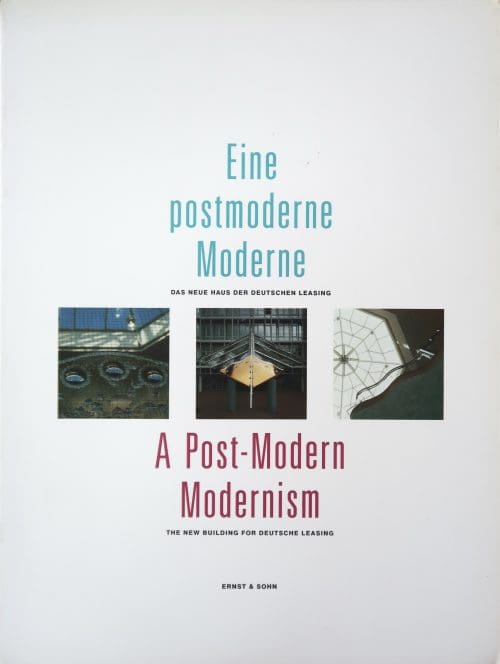
A Post-Modern Modernism - HQ Deutsche Leasing AG, Architecture+Design: Ulrich Heiken, Borek Sipek, David Palterer, Matthias Dietz, Published Ernst & Sohn, 1988
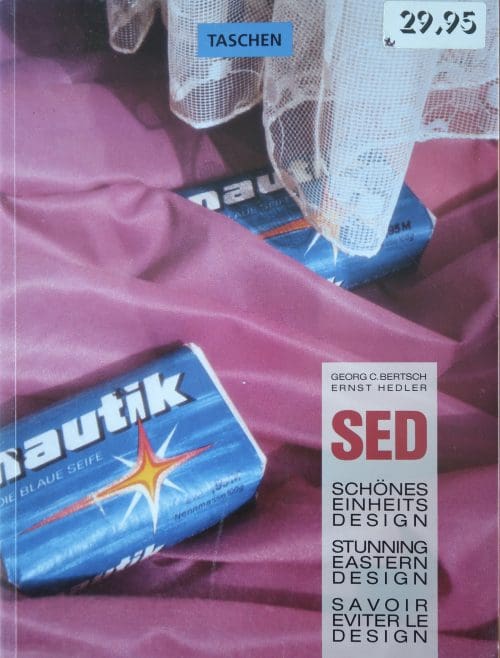
SED Stunning Eastern Design - quoting my exhibition on East Germanys day to day objects, in Frankfurt 1988 together with Christian & Margarethe Habernoll. Book: Taschenverlag, Matthias Dietz, Georg Bertsch, Ernst Hedler, 1990
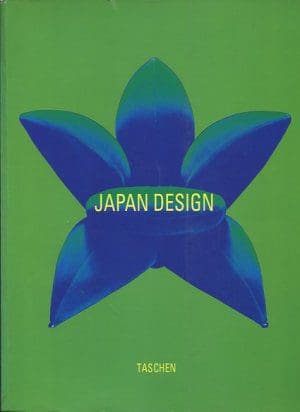
Japan Design, Matthias Dietz, Taschen Verlag 1992

Small Cars, Matthias Dietz + Hans Ulrich von Mende, Taschen Verlag 1992
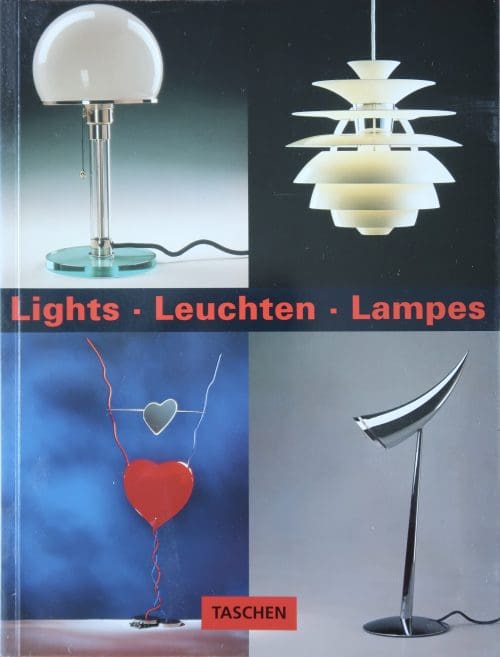
Lights Leuchten Lamps, Matthias Dietz + Michael Mönninger, Taschen Verlag 1993

Low Budget - day to day objects - Exhibition at Centro Cultural Belem, Lisboa, Kunsthalle Rotterdamm, Kunstverein Düsseldorf, La Sala Vincon Barcelona and other places. Matthias Dietz + Mats Theselius, 1995
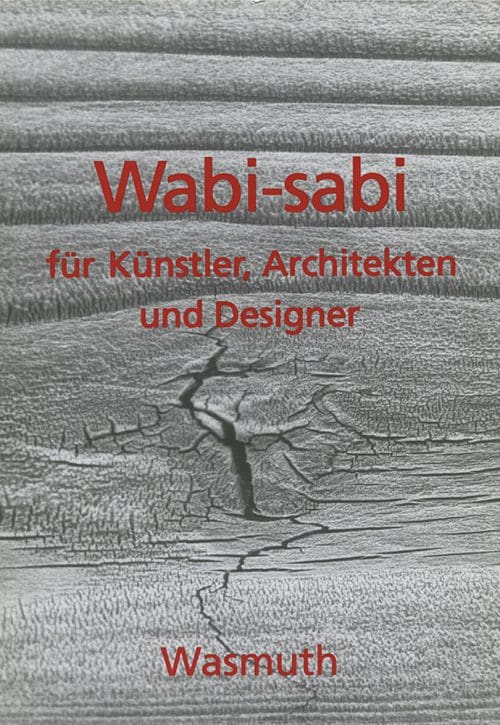
Leonard Koren, Wabi-sabi für Künstler, Architekten und Designer: Japans Philosophie der Bescheidenheit, Wasmuth Verlag 1996
Editor: Matthias Dietz
Wabi Sabi. The Unperfect. Interview with Matthias Dietz (German language)
Moderated by Marietta Schwarz
Deutschlandfunk Kultur, 23.11.2019
Art, glamour and aesthetics can also exist in the simple, hidden and in places of poverty. Japan has once again shown the way. Beauty is in the eye of the beholder. But sometimes beauty is so well hidden that it can hardly be seen. This is the case with Wabi Sabi. The Japanese aesthetic concept discovers the hidden beauty of the imperfect and simple. Half a millennium late, the West is now also discovering Wabi Sabi – and selling the complex Far Eastern doctrine as an interior trend. Are straw mats, candles and ceramic bowls already Wabi Sabi?
Angaben gemäß § 5 TMG und verantwortlich für den Inhalt nach § 55 Abs. 2 RStV:
Matthias Dietz
Knesebeckstr. 74a
10623 Berlin
Telefon: +49 175 4152215
E-Mail: mail@matthiasdietz.com
Photography
All PhotosThe photo archive is tagged and titled using artificial intelligence.
Select one of the random tags: